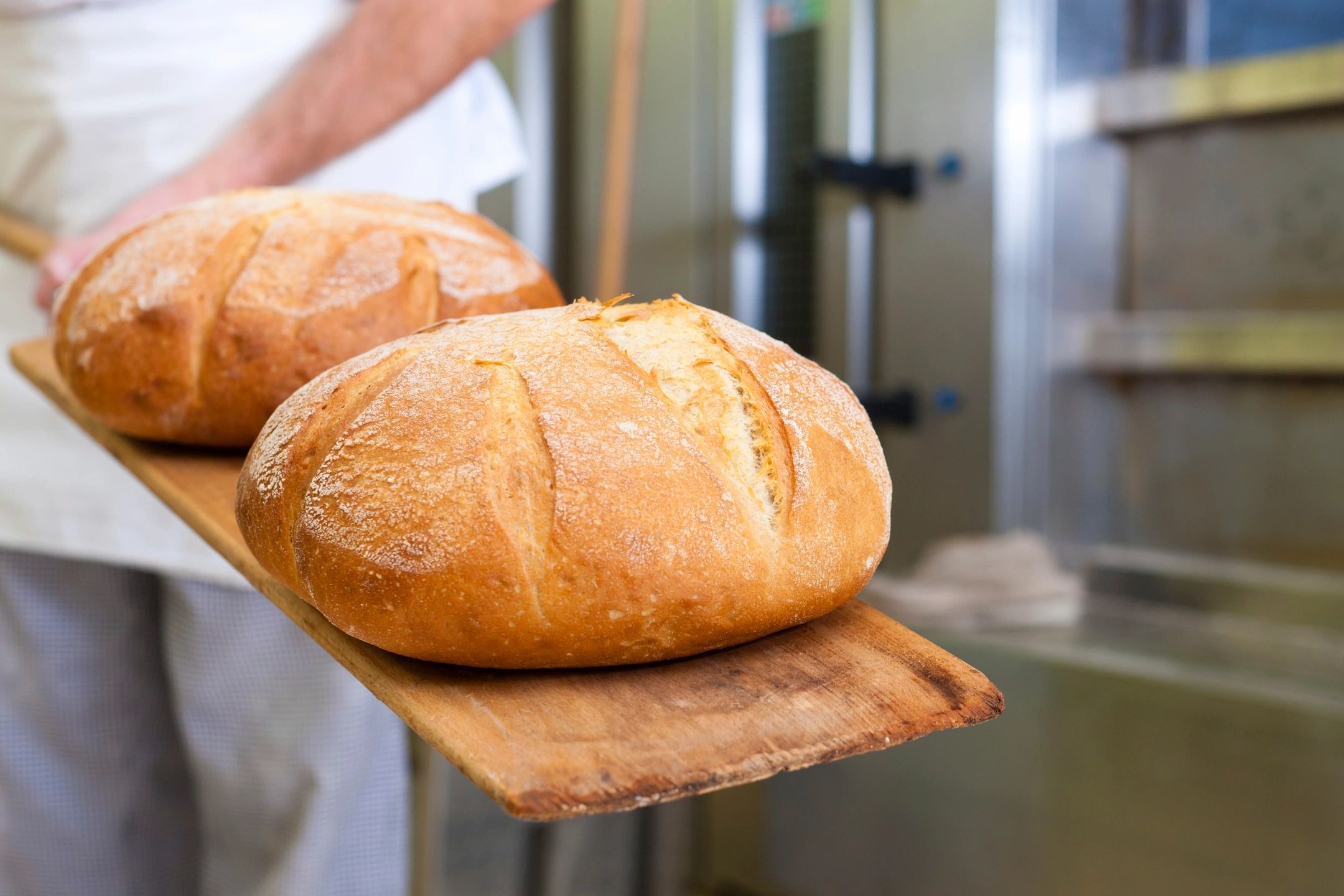The Art of Perfecting Homemade Bread
Bread is more than just a staple food; it is a symbol of comfort, tradition, and creativity in the kitchen. Perfecting homemade bread can seem like a daunting task, but with the right knowledge and techniques, anyone can become a proficient baker. This guide will take you through the essentials of bread making, from understanding its history to mastering the perfect loaf.
The History and Significance of Bread
Bread has been a fundamental part of human civilization for thousands of years. From the ancient Egyptians, who are credited with the discovery of leavened bread, to modern-day artisan bakers, bread has evolved in myriad ways. Its significance goes beyond sustenance; it represents community, culture, and tradition. Ancient civilizations used bread in religious ceremonies, as offerings to gods, and as a currency of sorts. Understanding the historical context of bread helps us appreciate its enduring presence in our lives and motivates us to preserve this culinary art.
Essential Ingredients for Homemade Bread
The simplicity of bread lies in its basic ingredients: flour, water, yeast, and salt. Flour, typically wheat, provides the structure through gluten. Water hydrates the flour, activates the yeast, and helps form the dough. Yeast is the leavening agent that makes the bread rise, and salt adds flavor while strengthening the dough. However, the quality and type of each ingredient can significantly affect the final product. For instance, using high-protein flour like bread flour can yield a chewier texture, while incorporating whole-grain flour adds depth and nutrition.
The Science Behind Bread Making
Breadmaking is both an art and a science. The process involves a series of chemical reactions that transform simple ingredients into a complex, flavorful loaf. Yeast fermentation is a key aspect, where yeast converts sugars into carbon dioxide and alcohol, causing the dough to rise. Gluten development is another critical factor, as it provides the elastic structure that traps the gas bubbles produced during fermentation. Understanding these scientific principles allows bakers to troubleshoot problems and refine their techniques to achieve the perfect loaf.
Step-by-Step Guide to Baking Bread at Home
- Mixing: Combine your flour, water, yeast, and salt in a large bowl. Mix until a rough dough forms.
- Kneading: Turn the dough out onto a floured surface and knead for about 10 minutes until it becomes smooth and elastic.
- First Rise: Place the dough in a lightly oiled bowl, cover it with a damp cloth, and let it rise in a warm place for 1-2 hours until doubled in size.
- Shaping: Punch down the risen dough to release excess gas, then shape it into a loaf or desired form.
- Second Rise: Allow the shaped dough to rise again for about 30-60 minutes.
- Baking: Preheat your oven to 375°F (190°C). Bake the bread for 25-30 minutes or until it sounds hollow when tapped on the bottom.
Common Mistakes and How to Avoid Them
Even seasoned bakers encounter challenges. Common mistakes include over-proofing, which can lead to a collapsed loaf, and under-kneading, resulting in dense bread. Ensuring proper dough hydration is crucial; too much water can make the dough sticky and unmanageable, while too little can cause a dry, crumbly texture. Temperature control is also vital; a too-hot oven can burn the crust while leaving the interior undercooked. By paying attention to these details, bakers can avoid pitfalls and produce consistently good bread.
Creative Variations and Add-ins
Once you’ve mastered basic breadmaking, the possibilities for creativity are endless. Consider adding herbs, seeds, or nuts for added flavor and texture. Swirl in cinnamon and raisins for a sweet treat, or incorporate olives and rosemary for a savory twist. Experimenting with different flours, such as spelled or rye, can also yield unique results. These variations not only enhance the taste but also make each baking experience exciting and novel.
Benefits of Baking Your Bread
Baking bread at home offers numerous benefits. It allows you to control the ingredients, ensuring no preservatives or additives. Freshly baked bread is also healthier and more nutritious compared to store-bought varieties. The process itself is therapeutic, providing a sense of accomplishment and a rewarding sensory experience. Moreover, homemade bread fosters a connection to tradition and offers an opportunity to share your creations with family and friends.
Conclusion
The art of perfecting homemade bread is a journey of learning and experimentation. By understanding its history, mastering the essential ingredients and techniques, and embracing creativity, anyone can enjoy the profound satisfaction of baking their bread. Whether you are a novice or an experienced baker, the joy of pulling a golden, aromatic loaf from your oven is unparalleled. Start your bread-making adventure today and experience the timeless pleasure of homemade bread.
Please like, comment, and share this article if you found it helpful and
informative.
Visit https://bigtownbulletin.com if you would like to see more of this content.
Please like, comment, and share this article if you found it helpful and
informative.
For more news check out Big Town Bulletin News
For more from Big Town Bulletin check out Big Town Bulletin


